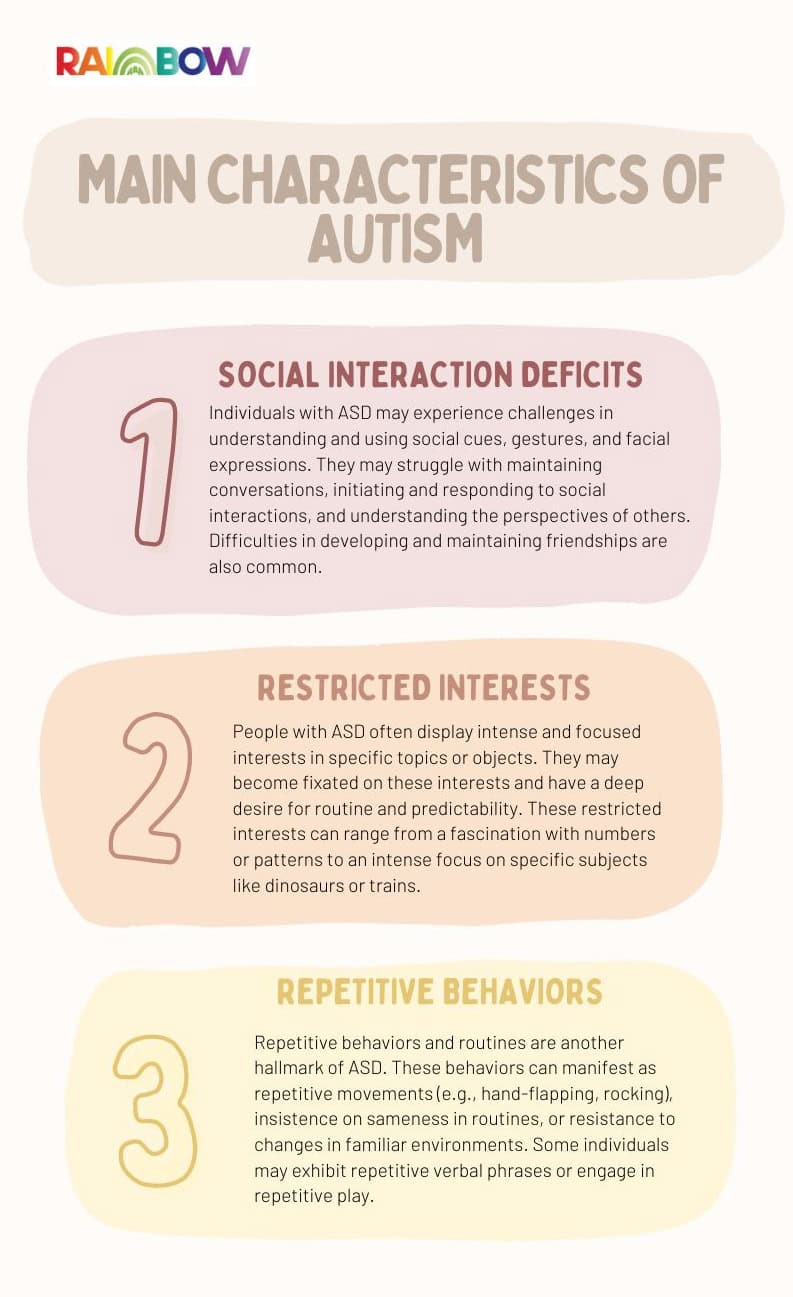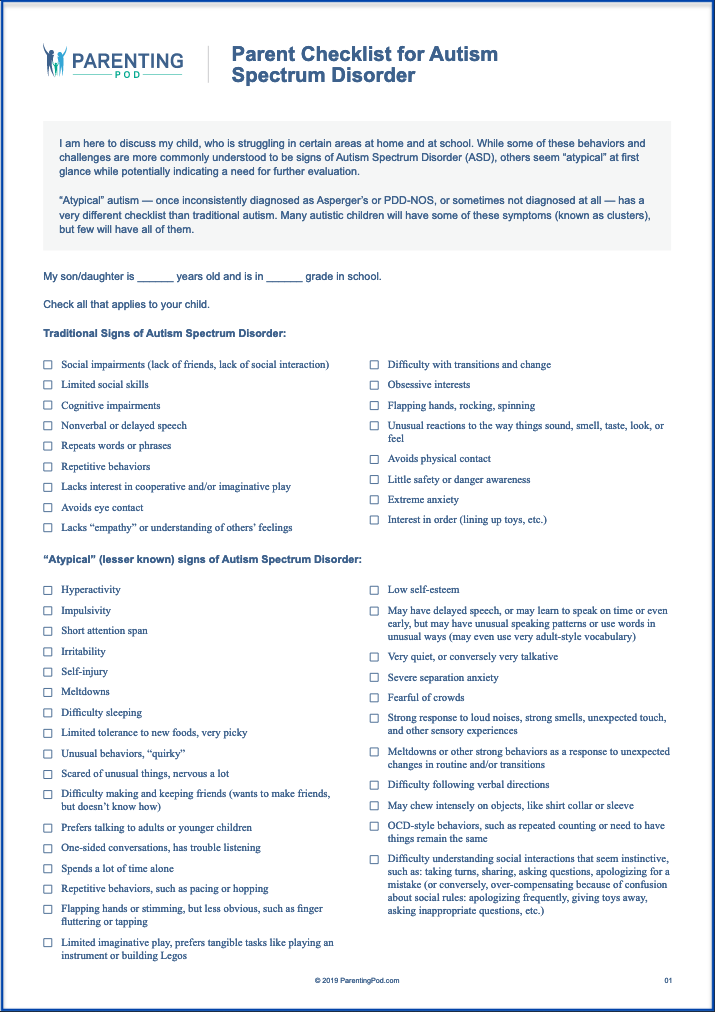Recognizing the Effect of Behavioral Autism on Life and Social Communications
You could not realize exactly how deeply behavioral autism affects every day life and social interactions. People on the range frequently browse a globe filled up with communication hurdles and sensory overload. These obstacles can cause frustration and seclusion, impacting their connections and overall wellness. Comprehending these nuances is important for promoting helpful atmospheres. What strategies can we carry out to develop more meaningful links and comprehensive areas? The responses may shock you.
Specifying Behavior Autism and Its Qualities
Behavioral autism, typically referred to as autism range disorder (ASD), incorporates a variety of conditions identified by difficulties in social interaction, interaction, and repeated behaviors. You may discover that individuals with ASD frequently have a hard time to analyze social hints, which can lead to misconceptions in conversations. They may discover it hard to develop eye call or participate in small talk, making social scenarios feel frustrating.
Communication troubles can show up in various means, from postponed speech development to a choice for utilizing fewer words. Recurring habits, such as hand-flapping or rocking, can act as coping devices to manage anxiety or sensory overload. These qualities can exceptionally affect daily life, making it essential for you to comprehend and support those with ASD. By identifying these characteristics, you can foster a setting that promotes approval and encourages effective interaction, aiding individuals with autism flourish in their everyday communications.
The Spectrum of Autism: Understanding Variability in Habits
Autism spectrum condition (ASD) isn't a one-size-fits-all diagnosis; it varies extensively among individuals. You might notice that some individuals with ASD show mild symptoms, while others may face a lot more substantial challenges. This irregularity can manifest in habits, rate of interests, and sensory sensitivities. You might encounter people that are extremely spoken and engage conveniently in discussions, while others may prefer singular tasks or connect non-verbally.
In addition, the method people with ASD react to sensory input can vary considerably; some could be bewildered by loud noises or bright lights, whereas others flourish in stimulating settings. The spectrum additionally consists of differences in social communications; some people may have a hard time to translate social cues, while others browse social settings with family member ease. Comprehending this irregularity is important, as it helps you value each person's special experience and dressmaker support to their details requirements, cultivating a much more inclusive setting for everyone.
Interaction Challenges Encountered by Individuals With Autism
When you interact with individuals on the autism range, you may notice their one-of-a-kind communication obstacles. They typically encounter difficulties with both spoken and nonverbal hints, which can influence their social interactions. Recognizing these barriers is necessary for promoting far better connections and assistance.

Verbal Interaction Troubles
Numerous people on the autism spectrum experience verbal interaction troubles that can substantially impact their daily communications. Your pace, quantity, or tone might not align with social expectations, triggering others to misunderstand your objectives. Acknowledging these difficulties can help you and your support network develop strategies to boost communication and promote far better connections with others in your daily life.
Nonverbal Interaction Barriers
Verbal communication isn't the only challenge people on the autism range face; nonverbal interaction obstacles can be simply as significant. These obstacles can lead to misunderstandings or false impressions of social signs, making communications feel complicated or frustrating. By dealing with nonverbal communication, you can discover approaches to improve your social experiences and enhance your total top quality of life.
Social Communication Impacts
Social interactions can usually feel frustrating due to the special communication challenges faced by people with autism. You may fight with translating social hints, making it hard to understand mockery or body movement. This can lead to misunderstandings or uncomfortable moments in conversations. Additionally, starting and preserving conversations may feel challenging, creating anxiety in social scenarios. You might favor organized atmospheres, making spontaneous communications awkward. It's additionally usual to experience trouble in taking part in tiny talk, which can impede forming new relationships. Identifying these obstacles can help you locate approaches to enhance interaction, such as practicing social skills in safe setups or utilizing aesthetic help - Aba Therapist. Recognizing your requirements allows you to browse social communications with greater self-confidence and convenience.
Social Interaction and Partnership Building in Autism
While structure connections can be challenging for people with autism, comprehending their distinct viewpoints and interaction styles can cultivate meaningful links. You might observe that lots of people on the spectrum prefer straight communication and may have problem with social signs or tiny talk. By being straightforward in your communications, you can assist create an environment where they feel comfortable.
Take the time to observe and listen exactly how they share themselves. This insight can assist great post to read you in guiding conversations much more successfully. Participating in shared rate of interests can likewise serve as a bridge to deeper connections. Whether it's a pastime, a favored show, or a shared interest, these common threads can open doors to friendship.
Life Routine: Navigating Strategies and obstacles
Maneuvering life routines can be specifically testing for people with autism, specifically when unanticipated adjustments occur. You may discover comfort in having a structured schedule, as it helps you anticipate what's following. When disturbances take place, it's typical to feel anxious or overloaded. To browse these difficulties, think about applying aesthetic routines or checklists. These tools can give quality and reassurance.
Developing a routine that consists of sensory breaks can likewise be beneficial. You can intend short breaks throughout your day to charge. It's important to communicate with those around you, allowing them recognize your preferences and requirements. This aids develop an understanding setting.
Finally, technique mindfulness techniques to handle anxiety and anxiousness. Straightforward breathing exercises or basing techniques can make a significant difference. By incorporating these strategies, you can boost your daily routine and decrease disturbances, making life feel much more convenient.
Strengths and Capabilities of Individuals on the Autism Range
Comprehending day-to-day live regimens is simply one facet of the autism experience. Numerous people on the autism range have This Site amazing staminas and capacities that establish them apart. You may find that your interest to information is exceptional, permitting you to stand out in jobs that need accuracy and focus. Your capacity to think outside the box can lead to innovative services in various circumstances.
In addition, your memory abilities frequently radiate, specifically in areas of rate of interest. Autism Behavioral Therapy. This propensity for maintaining info can make you a beneficial resource in areas like art, innovation, or scientific research. You may additionally show strong visual thinking, allowing you to imagine complicated ideas and solve troubles artistically
In addition, your one-of-a-kind point of view on the globe can foster compassion and understanding in others, enriching social interactions. Accepting these staminas not just boosts your confidence however also helps others appreciate the varied talents you bring to the table.
Creating Inclusive Environments for Individuals With Autism
Developing comprehensive atmospheres for individuals with autism begins with developing sensory-friendly spaces that provide to their one-of-a-kind needs. You can additionally cultivate opportunities for social interaction, assisting to build connections and relationships. By making these adjustments, you'll add to a more welcoming atmosphere for every person.
Creating Sensory-Friendly Spaces
While designing sensory-friendly areas, it's important to reflect on the distinct demands of people with autism. Integrate silent zones where people can pull away and charge when overwhelmed. Consist of aesthetic schedules or clear signage to aid people navigate the area with confidence.
Advertising Social Communication Opportunities
Designing sensory-friendly rooms not only addresses private comfort yet additionally establishes the stage for purposeful social communications among individuals with autism. Urge peer mentoring, matching people with autism with encouraging peers that can lead them via social scenarios. By executing these techniques, you can improve social possibilities, assisting people with autism build friendships and strengthen their social abilities in a secure, inviting setting.
:max_bytes(150000):strip_icc()/VWH-LauraPorter-SpectrumOfAutismTraits-4000x2700-0b5d3311e5794f6ca7e72bdc4672eae5.png)
Often Asked Inquiries
How Can Buddies Support Someone With Behavioral Autism?
You can support a buddy with behavior autism by holding your horses, listening actively, and appreciating their borders. Engage in activities they appreciate, interact openly, and create a comfortable atmosphere where they feel valued and recognized.
What Resources Are Readily Available for Parents of Kid With Autism?
You can discover numerous sources for parents of children with autism, including support system, academic web sites, and local social work. Attaching with various other parents can also supply valuable understandings and shared experiences to aid browse challenges.
Can Behavioral Autism Modification With Time?

Yes, behavior autism can alter gradually. You may notice changes in communication, social skills, and habits as your youngster grows. Early treatment and assistance typically play vital functions in these developmental adjustments.
How Do Sensory Sensitivities Influence Every Day Life?
Sensory level of sensitivities can make day-to-day experiences overwhelming. You could battle with brilliant lights or loud sounds, resulting in anxiety or avoidance. Discovering environments that fit your demands can greatly boost your convenience and general life.
What Are Common Misconceptions Regarding Behavioral Autism?
You could believe behavioral autism just affects interaction skills, but it's even more complex. Many assume individuals lack empathy or intelligence, which isn't real. Understanding these false you can find out more impressions assists foster approval and assistance for those on the range.
Behavioral autism, usually referred to as autism range condition (ASD), encompasses a variety of conditions identified by obstacles in social interaction, communication, and repetitive behaviors.Social communications can typically really feel overwhelming due to the special interaction obstacles encountered by people with autism.Designing sensory-friendly rooms not only addresses individual comfort however additionally sets the phase for purposeful social interactions amongst people with autism. Urge peer mentoring, coupling people with autism with encouraging peers who can assist them with social circumstances. By applying these approaches, you can boost social chances, aiding individuals with autism build relationships and enhance their social skills in a risk-free, welcoming setting.